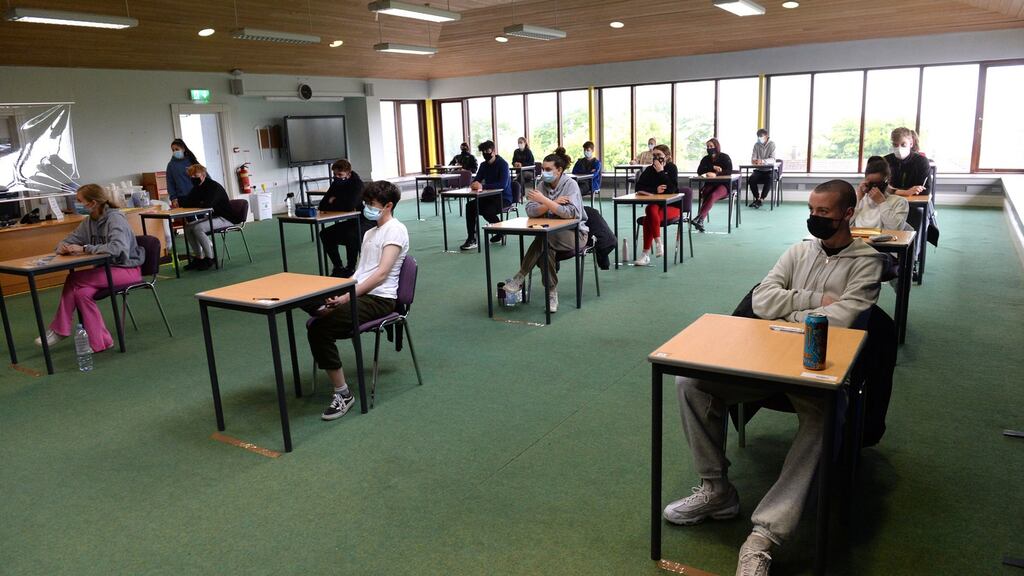The Leaving Cert classical studies paper was fair, balanced and allowed students play to their strengths, teachers have said.
Tadhg McHugh, a classical studies teacher at the Institute of Education, said that the higher level questions were very clear.
“Due to changes to the exam this year, the time constraint of 20 minutes per question was removed and students could spend 30 minutes on each question,” he said.
“There was a fair breakdown and distribution of marks throughout the paper.”
Jim O’Dea, ASTI subject representative for classical studies, said that the paper had more choices due to Covid-19.
“Accordingly, pupils could cut corners and leave out sections of the course. All questions carry 50 marks and in many cases the questions were further broken down,” he said.
“In nine of the ten topics on the paper there was a maximum of one question which wasn’t subdivided but pupils who studied the Epic had three 50 mark questions which were not subdivided.”
Choice
Mr McHugh said that there was a very nice choice of questions in group one, topic two (Alexander the Great).
“Two of these questions would have required more in depth subject knowledge, which some students might have found tricky. However there were two other beautiful, straightforward questions that well prepared students would have had little difficulty with.
“There was a nice broad range of questions in group three, topic ten (Roman art & architecture). The inclusion of amphitheatres and relief sculptures was very welcome to see here. The Greek drama questions were direct and straightforward, with a fantastic breakdown in the Sophocles and Oedipus question. But students may have found the wording slightly tricky in one of the questions on ancient epics.”
Mr O'Dea said one of the sculptural questions, on the Temple of Zeus at Olympia, could be tricky for some candidates.
“But, on the whole, one would have to look at the paper in great detail to find reason to complain.”
Ordinary level
On the ordinary level paper, students only had to answer four questions instead of the usual six.
“Comparatively speaking this was a tough enough paper in comparison
to other years at ordinary level and some of the questions were quite demanding,” Mr O’Dea said. “I suspect that the vast majority of pupils doing ordinary level will have opted for the predicted grades rather than sit the paper; in the circumstances it would have been the wiser choice.”
Mr O’Dea said that the new Classical Studies course for the Leaving Cert will be taught in schools from September and will be examined for the first time in 2023. “The days of the present course are well and truly numbered.”
Latin
Also in the afternoon, both the higher and ordinary Latin level papers were fair and in keeping with how the subject has always been examined, according to Aryn Penn, ASTI subject representative for Latin.
“Latin and Ancient Greek teachers are looking forward to the new Leaving Cert specifications which will revitalize these very worthwhile language subjects, making them viable language options for all students,” she said.
Try this at home:
- Leaving Cert classical studies, higher level
In Sophocles' play Oedipus The King, Oedipus summons the prophet Tiresias to his palace.
(a) Describe the meeting between Oedipus and Tiresias.
(b) Why does Oedipus assume that Creon is plotting against him?
(c) What is your opinion of the behaviour of both Oedipus and Tiresias at this meeting?












